It is a common question asked about the Ōpāwaho Heathcote River whenever we have a significant rain event. After all, the Ōtākaro Avon River does not turn this colour so quickly.
The first simple, quick answer is that the dirt that makes the river muddy washes off the hills, and has done so for millenia, particularly down the Cashmere Valley and into the Cashmere Stream which feeds the Ōpāwaho Heathcote River. And that is true.
But like all simple, quick answers, it hides a more nuanced situation which we will look at.
“Does it matter?” is a much easier question to answer. It really matters! Sediment in the river smothers habitat for native fish and macroinvertebrates on which the whole health and ecology of the river depends. Quite simply, sediment kills the river.
Vegetation
For a start, if the Port Hills were not so denuded of their original vegetation, largely kanuka, rainfall would be significantly absorbed and its movement slowed by the thick layer of mulch on the floor of the bush and there would therefore be much less runoff into the river, taking much less soil with it.
Currently, the greater proportion of the Port Hills is grazed. Even maintaining a greater density of grass cover by reducing the intensity of grazing would reduce soil erosion to some appreciable degree.
Loess
It is an unfortunate geological fact that on top of the volcanic rock that forms the Port Hills lies a layer of loess which is a sedimentary deposit composed largely of fine, wind-blown grains that are loosely cemented by calcium carbonate.
What that description does not tell you is that loess is possibly the worst type of soil to have on your hills. It is so fine and light that the movement of water over it immediately creates a rut that soon turns into a gully which in turn often becomes an under-running tunnel. Loess in high concentrations in water forms something resembling porridge, with much the same strength: that is, nil.
Worst of all for the river, loess is so fine that it forms a permanent suspension in water: the particles never completely settle out, until a flocculant is added. Something like saltwater. When suspended loess meets the saltwater in the lower reaches of the river, and in the estuary, it precipitates to the bottom where it smothers the habitat of the creatures struggling to live there.
Construction
Given a hill substantially made of loess, the one thing you should not do is make breaks in that vegetation cover. As soon as you do, rainfall will start the inevitable movement of the loess towards the river. Unfortunately, roads and subdivisions have been built on the loess. Where the ground exposed has been recovered with asphalt, drainage and replanting of vegetative cover, some of the movement of the loess has been temporarily avoided – until there is a new break in the cover.
Developers of sub-divisions are required to prevent erosion, to cover exposed loess quickly with less difficult soils or gravels and to make provision to trap any sediment in retention ponds. Unfortunately, because it is so slow to settle, sediment will enter the river from retention ponds.
Adventure Park
Possibly the worst thing that you could do on a slope made of loess is to make a bike trail over it! Oh dear – the Canterbury Adventure Park is just a whole series of tracks over a loess slope; how on earth did this get consented? The trails inevitably become tracks for water in the loess during rainfall, and despite the best efforts of the park operators to prevent it, these quickly become an unstoppable movement of porridge-like goo down the hill. Even retention ponds will not prevent this silt from reaching the river.
Fire and Forestry
The 2017 Port Hills fires have obviously caused some of the problem since they stripped away substantial areas of grass, bush and forestry that were doing at least something to reduce the movement of the loess during rainfall. However, forestry is not an answer to reducing sediment. Every 30 years, if the forest owner is to get any value from the forest, it must be felled, exposing the loess again. Permanent native forest would be better.
Solutions
There is not one answer to keeping sediment out of the river, and thus improving the water quality sufficiently to encourage its whole ecology to flourish.
Environment Canterbury and CCC will need to keep enforcing and strengthening rules that regulate construction on loess soils, focusing on erosion control as opposed to sediment control. Reducing the amount of construction would also be a great idea.
Community Groups such as the Cashmere Stream Care Group and the Ōpāwaho Heathcote River Network will need to maintain their advocacy for protection of the river and for effective application of erosion and sediment controls.
But one obvious and significant answer is to re-forest significant areas of the Port Hills, something that has been advocated by ecologists, engineers and planners since at least the 1970s and which is likely to get some funding in the current CCC Annual Plan.
In pockets, largely in gullies that have not been completely stripped of vegetation, community groups are commencing this work, a fine example being the Summit Road Society’s planting of the Avoca Valley.
Reforestation at scale is also urgently required given the increased likelihood of significant rainfall events brought on by climate change.


